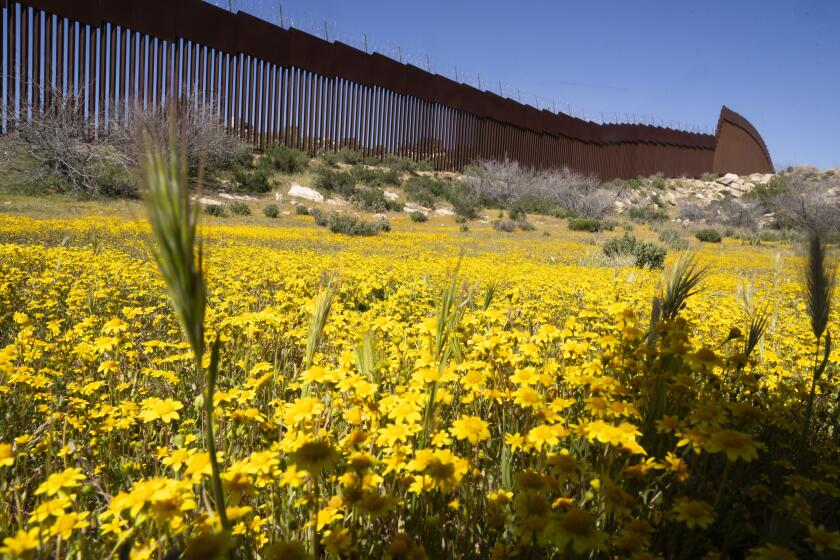High-Tech Sentries Catching Illegal Aliens on Back Trails of U.S.-Canadian Border
Federal agents have rigged unguarded roads and dense forests with sophisticated electronic surveillance devices strategically placed over a heavily traveled 261-mile stretch of the U.S.-Canadian border.
U.S. Border Patrol officials based in Swanton, who patrol the border between Ogdensburg, N.Y., and the Maine-New Hampshire state line, say a growing number of illegal alien entries are detected by closed-circuit cameras and high-tech sensory devices.
“We have many back trails that are no more than beaten paths that are used by organized smugglers,” said Jim Douglas, a communications specialist for the patrol. “Putting up fences is not going to do the trick for us.”
The Swanton border patrol, which relies on more bugging, sensory, and video devices than any other outfit on the northern boundary, has more than doubled its use of electronic devices in the last three years, Douglas said.
On the average, electronic surveillance now accounts for apprehension of more than 10% of illegal crossings, many of which are crime-related.
Night Action
“Without this (electronic equipment), it would be a hit-and-miss operation,” said Assistant Chief Patrol Agent Ben de Luca. “A lot of this happens at night. By the time we get there, maybe something happened but it’s gone.”
The patrol began using Vietnam-era sensory devices in the early 1960s, acquiring the equipment surplus from U.S. Army warehouses.
But since the 1976 Summer Olympics in Montreal, the 52-member outfit has received increasingly sophisticated commercial devices, Douglas said.
“As we get more and more equipment, we place it on strategic points,” De Luca said.
Illegal aliens or criminals en route to the heavily populated areas of Montreal and New York cross the Swanton sector more often than any other along the country’s northern boundary, officials said.
And while stiffer immigration laws have dramatically reduced the flow of aliens, authorities say the number with criminal profiles entering the country is on the rise.
The number of captures detected in the three-year period ending Sept. 30, 1986, rose by about 40%. But that figure dropped from nearly 3,000 cases to 2,662 in the year ended Sept. 30, 1987, as a result of tighter regulations imposed under the new Immigration Reform and Control Act, officials said.
Half Non-Canadians
More than 50% of these are non-Canadians from around the world.
The new regulations require employers to verify that potential employees can legally work in the United States and penalize those employers caught violating the policy.
Officials said well-organized drug or alien smuggling rings account for the majority of criminal aliens, whose crafty movements often elude humans.
“There’s a lot more sophistication in the art of smuggling,” De Luca said, comparing the northern and southern U.S. borders. “Canada is used as a staging area to further entry into the United States.”
De Luca said alien smuggling networks based in Montreal are especially extensive, with immigrants coming from as far as the Middle East and China, and involve greater sums of money.
“The organization can be traced back to (the alien’s) own country,” he said, estimating the cost of smuggling one alien at roughly $8,000 compared to the average cost of $200 for a Mexican citizen seeking to enter the United States illegally.
Cagey drug traffickers find the thick northern forests and the many secluded footpaths and dirt roads the ideal rendezvous for exchanging money and drugs.
More to Read
Start your day right
Sign up for Essential California for news, features and recommendations from the L.A. Times and beyond in your inbox six days a week.
You may occasionally receive promotional content from the Los Angeles Times.






